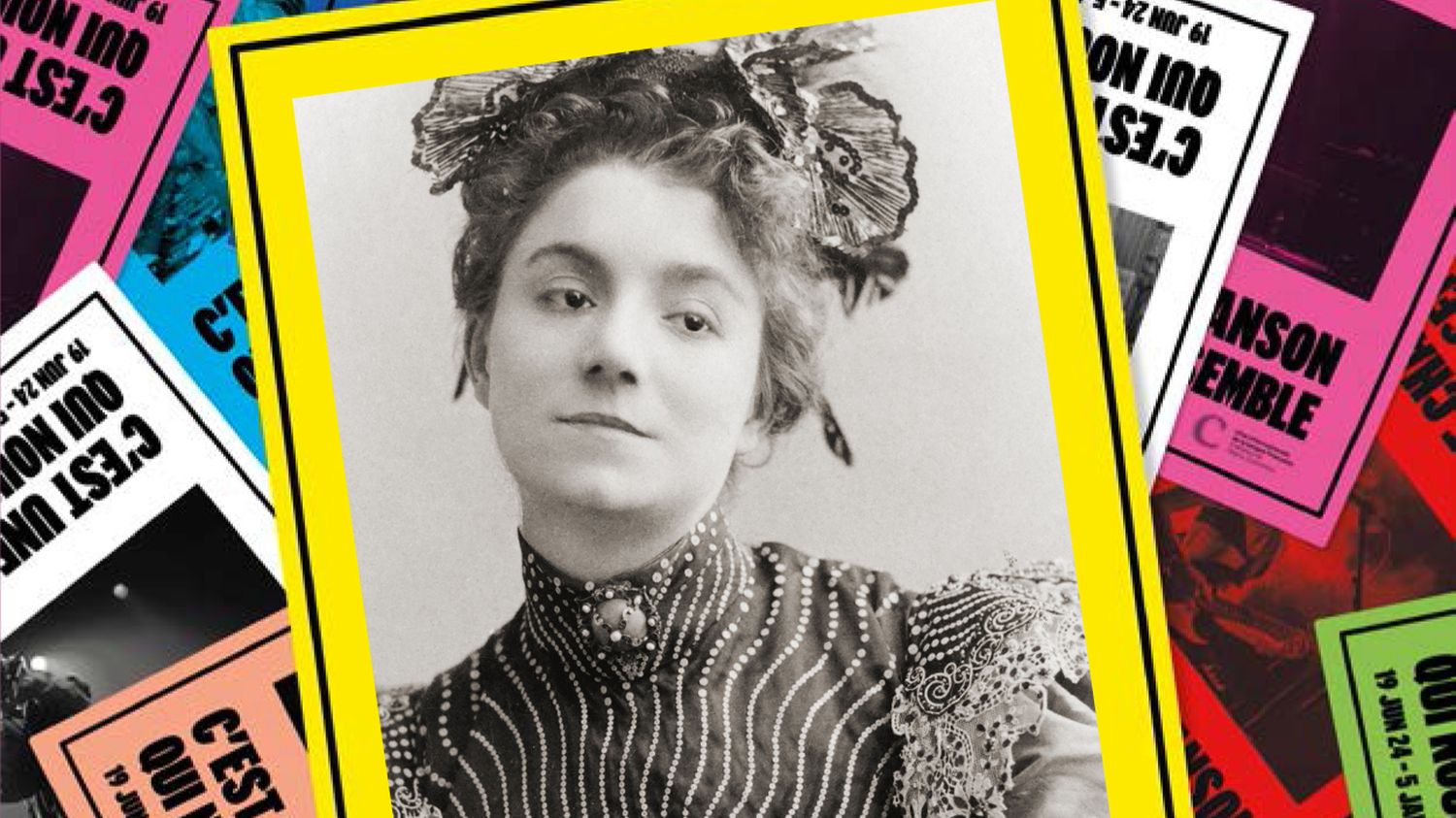The embodiment of the lively and insolent world of the Parisian café-conc’ and immortalized by Toulouse-Lautrec, she crossed the Atlantic in 1906, before opening a school which would teach the art of French song to Americans.
Published
Reading time: 5 min

In partnership with the exhibition It’s a song that resembles us – Worldwide hits of French-language popular music At the Cité internationale de la langue française in Villers-Cotterêts, these chronicles look in detail at each of the stories presented there.
If I ask you when this song is from, you will be quite embarrassed. The sound is not bad, so it is an electric recording – a 78 rpm record from 1934, in this case. But you know that it is about Yvette Guilbert, whose portraits by the painter Henri de Toulouse Lautrec – who died in 1901 – you know.
So you say to yourself: it’s a song from the end of the 19th century, the caf’conc’, the Belle Époque, all that… Well no. These are words by Paul de Kock, who died in 1871, about twenty years after writing this text that Yvette Guilbert set to music in 1927.
But the Madame Arthur that Paul de Kock talks about in this text written around 1850, therefore, this Madame Arthur is a fictional character from Lorette in the years 1829-1830 – elegant and refined courtesans who lived off the gifts of their rich lovers.
In this episode of It’s a song that resembles usyou hear excerpts from:
Yvette Guilbert, The Fiacre, 1934
Yvette Guilbert, I Want Your Ma Honey, 1907
Yvette Guilbert, The Fiacre, 1934
Yvette Guilbert, Square part, 1934
Yvette Guilbert, Mrs. Arthur, 1934
You can also extend this column with the book It’s a song that resembles us published by Heritage Publishing.
You can also follow the news of this column on X (ex-Twitter).
